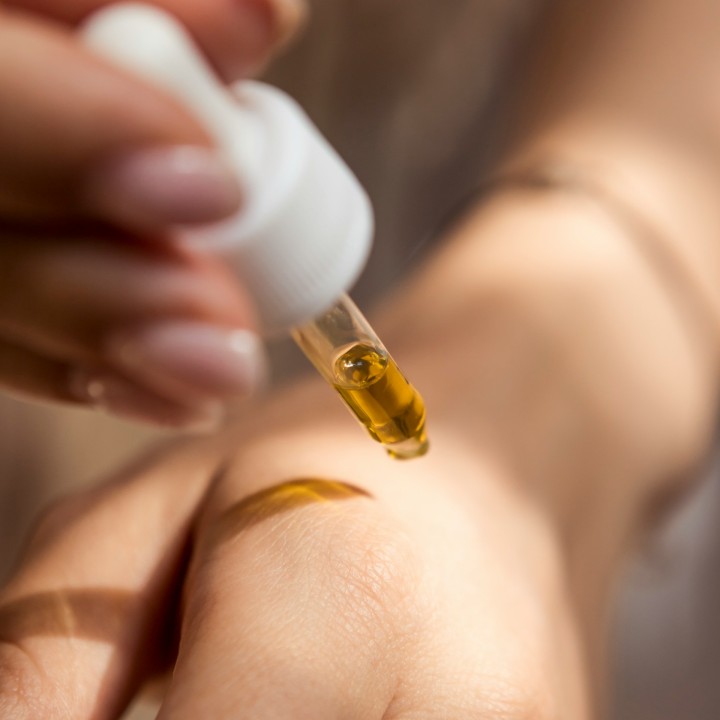The goal of the Advanced Sustainable Products (ASP) innovation program is to develop new, innovative products that are advanced and sustainable. This will help the chemistry and plastics industries make the transition to clean and green.
Advanced Sustainable Products
Clean and Green

What?
This innovation program covers all product categories that are a part of the chemical value chain. We develop consumer products like paints, glues, plant protection products, detergents and cosmetics, but also intermediates that are further processed by companies more downstream in the value chain like plastic packaging, building materials, materials for the transport or energy sectors, and so on.
The focus in this program is on the functionality of the product in its application. Desired functionalities can be as diverse as lightweight for materials in the transport sector, flame-retarding for textiles and building materials, or better recyclable for plastic packaging. In any case, the new product, new functionality or new application will always be more sustainable than its predecessor. Innovation for substitution of substances of concern also forms an important part of this program.
Why?
The drivers for the development of advanced sustainable products can come from customer demand or from legislation. Customers, both end consumers and B2B customers, demand improved or new functionalities for their products. Also, the development of new applications can create added value in existing or new value chains.
The product regulation REACH forms an important framework for driving innovation towards products that have a lower impact on human health or on the environment. In addition, the push towards a circular economy is a driver for developing products that better suit circular value chains.

Goals
The goal of this program is to, each year, develop a number of new products for which it can be shown that they:
- have an improved functionality combined with a similar sustainability profile, or an equal functionality combined with a better sustainability profile
- have an improved processability
- enable a new sustainable application
- contribute to safer chemical value chains
- contribute to more circular value chains
These new products will help our member companies to improve or enlarge their product portfolios, and as such acquire unique and strong positions in the chemical value chains of the future. Every project within this program has the ambition to deliver such a product innovation.
Focus Topics
- Sustainable design (function and application)
- Sustainable design (feedstock and process)
- Circular by design
- Safe by design